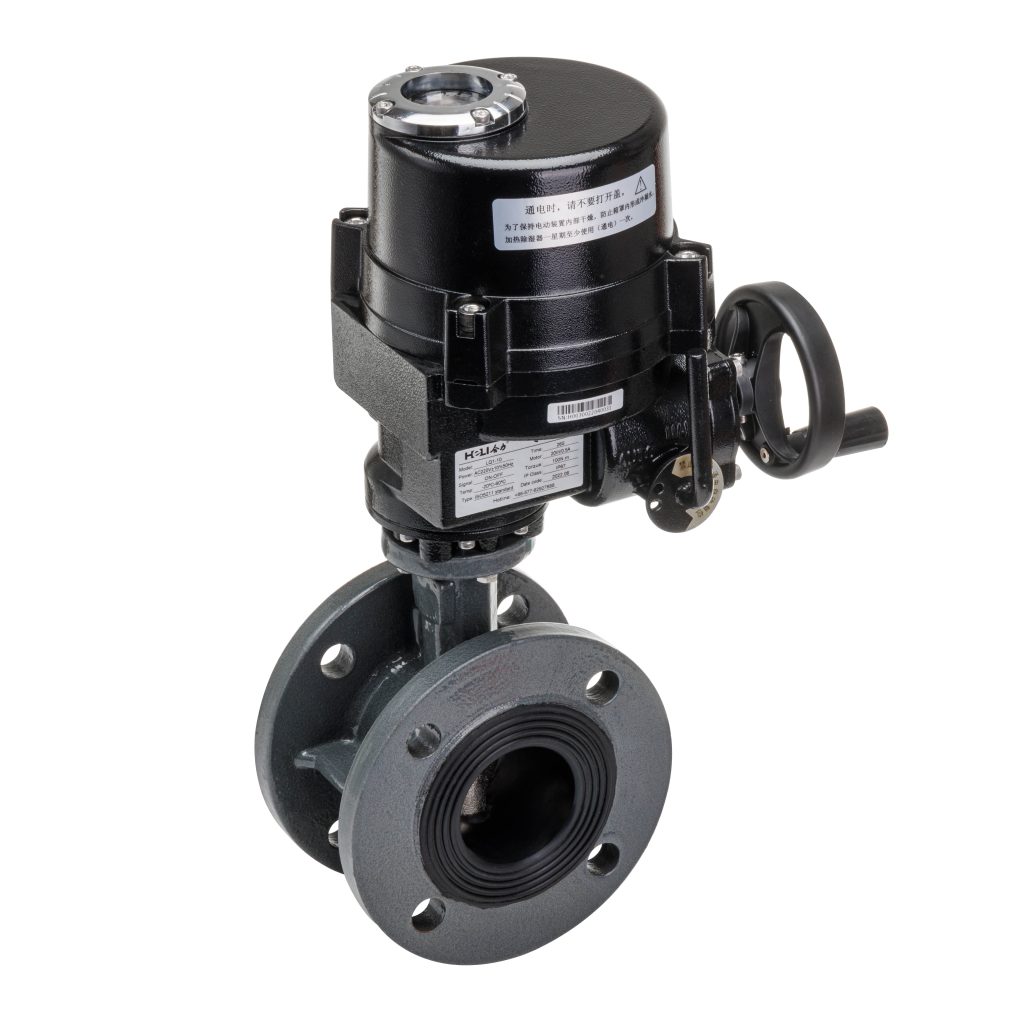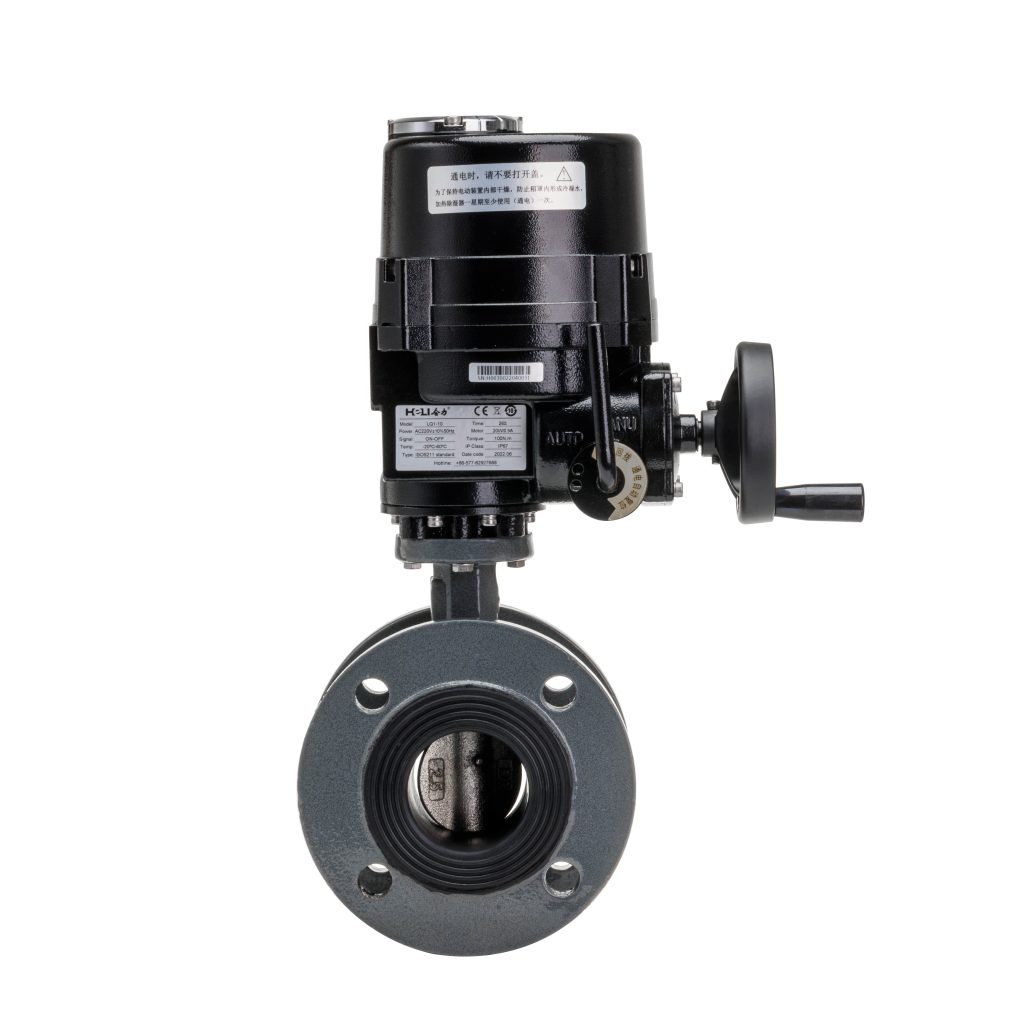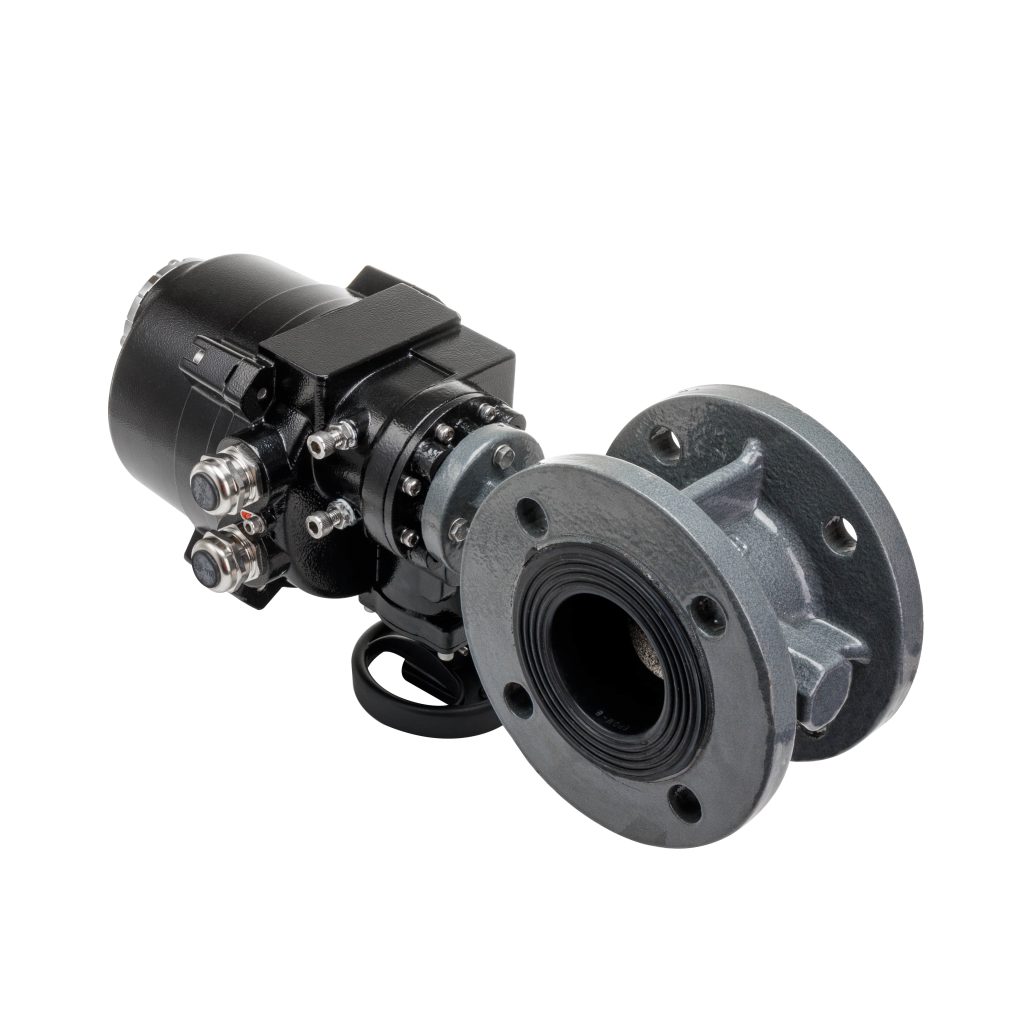In the realm of modern industrial automation, the electric ball valve has emerged as a crucial component, facilitating precise control and efficient operation of fluid systems. This versatile device combines the functionality of a traditional ball valve with the advanced capabilities of an electric actuator, enabling remote control and automation of fluid flow.

The electric ball valve consists of an electric actuator and a ball valve. The actuator, typically powered by electricity, converts electrical signals into mechanical movements, driving the ball valve to open or close. The ball valve itself features a hollow, rotating ball with a hole or ports that align or misalign with the valve’s inlet and outlet to control the flow of fluid.

The electric actuator of the ball valve offers several advantages over manual operation. Firstly, it allows for remote control, enabling operators to manage fluid flow from a central location or even remotely through a computer interface. This reduces the need for manual intervention and increases the safety of operations, as personnel do not need to be physically present near the valve. Furthermore, the electric actuator provides precise control over the position of the ball valve. By adjusting the electrical signals sent to the actuator, operators can fine-tune the degree of opening or closing, allowing for precise regulation of fluid flow. This precision control is essential in many industrial processes, such as chemical processing, food and beverage production, and water treatment, where accurate fluid control is crucial for maintaining product quality and process efficiency.
